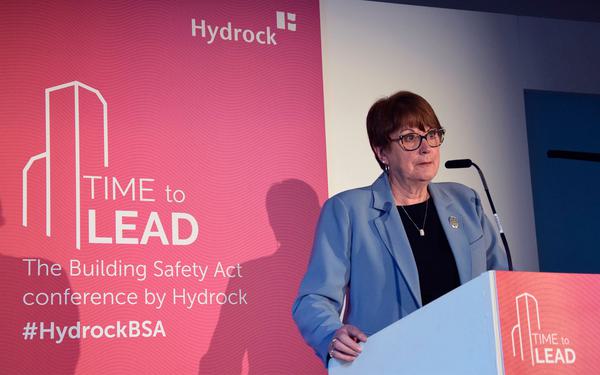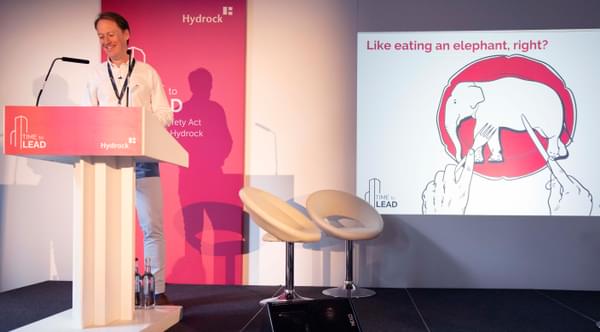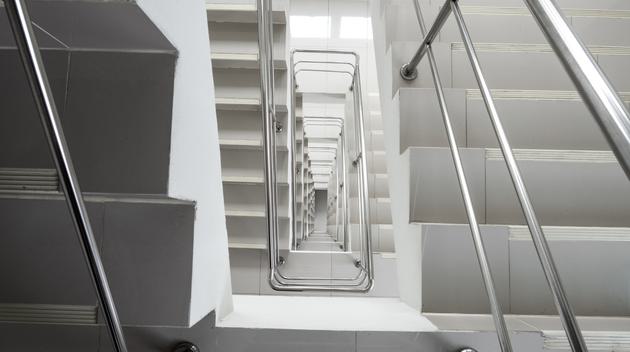
On 28 March 2024 the Department of Levelling Up, Housing and Communities (DLUHC) published its long-awaited revisions to Approved Document B.
In the wake of the updates, our fire safety expert and divisional director, James McNay, has been providing useful clarity to news outlets and publications across the industry, translating what these changes mean in practice for the built environment sector.
To help you understand the latest updates to the guidance, we’ve summarised them in a quick guide format here:
What is Approved Document B?
‘Approved Documents’ provide guidance on how to meet the building regulations. Part B contains guidance on fire safety, including means of escape, fire spread, structural fire protection and fire service access. It has formed a critical part of the post-Grenfell puzzle as industry grapples with the adoption of the Building Safety Act, and changes to it have been highly anticipated
What are the changes to Approved Document B?
All new residential buildings over 18 metres in height are recommended to include two staircases.
When does this apply?
From 30 September 2026.
Where?
In England.
Wait, what constitutes a second staircase?
Two separate escape routes.
For example – under changes to Approved Doc B, interlocked stairs – also known as scissor stairs or stacked stairs where two interlocking protected stairways provide two separate means of egress within one protected shaft or separated protected shafts – should be considered as a single escape route and do not constitute an alternative means of escape.
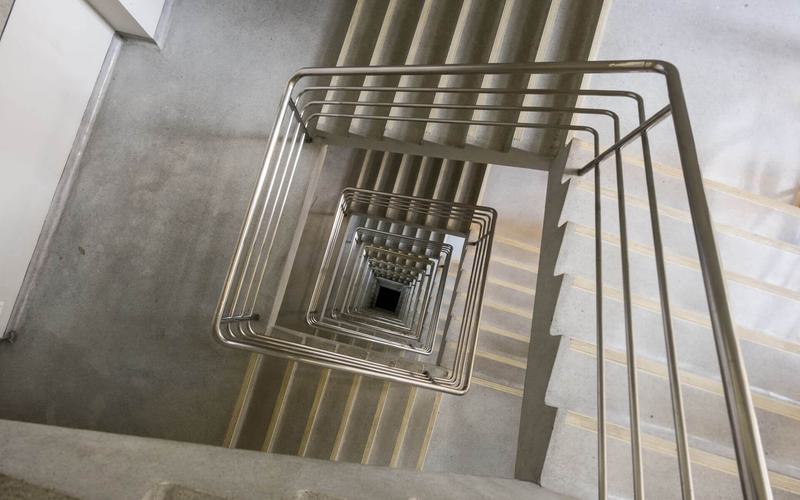
Building Safety Act: latest news
Stay informed with our dedicated newsletter featuring news and updates, the latest talking points and everything else you might need to know about the Building Safety Act.
So, two staircases is the safest option?
Just because a building has two staircases, that does not in itself make a building safe.
There will be buildings over 18 metres that will be safe with a single staircase. It would be reasonable for a developer to put a building like that forward.
The question is whether the regulator would be likely to approve a building with just one staircase – doing so would present an approval risk for scheme promoters.
Ultimately – there always needs to be thought put in to the process. We need to avoid seeing building safety as a tick-box exercise and apply this new guidance in the spirit of the building regulations.
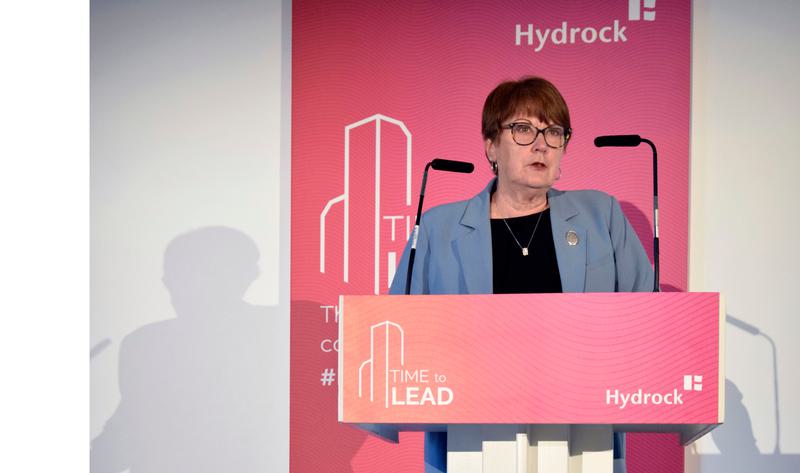
What about existing buildings with single staircases?
Well, the government has been very specific that the guidance will have no impact on existing buildings – and it has little choice. It is simply not financially possible to retrofit all high-rise towers around the UK.
But that’s also not strictly necessary. Building safety cannot simply be achieved by a one-size-fits-all approach. Dame Judith Hackitt’s review in 2018 was intended to make developers think about the merits and safety of individual buildings, rather than build a checklist. Hackitt wanted us to demonstrate and ensure buildings are fit for purpose.
Instead of retrofitting extra staircases, safety systems in towers – from sprinklers to ventilation to high-tech detection – operating in conjunction with the containment principle, can make a second staircase unnecessary, especially in simply designed buildings. This will influence the property market as much as the number of staircases.
The market for both new and existing residential building stock may have temporarily stalled, but ultimately there is such demand that it will ride out the current waves of caution and hesitation.
So, does meeting Approved Document B mean a building is safe?
Simply meeting the guidance in Approved Doc B does not guarantee a building is safe. It’s just guidance.
Approved Document B offers a systemic route to the presumption of safety, allowing for potential complacency, with building safety still at stake.
Contractors and designers alike can simply add an extra staircase, without meticulous scrutiny, assuming that adherence to the guideline alone suffices for safety standards. It can be argued such complacency is a greater risk to safety than the provision of a single stair.
Hackitt advocated for a radical overhaul of the building safety regulatory system – pinpointing systemic failures stemming from ignorance, lack of competence, and inadequate oversight. She also championed a cultural shift away from a compliance-focused mindset towards an outcome-based approach.

